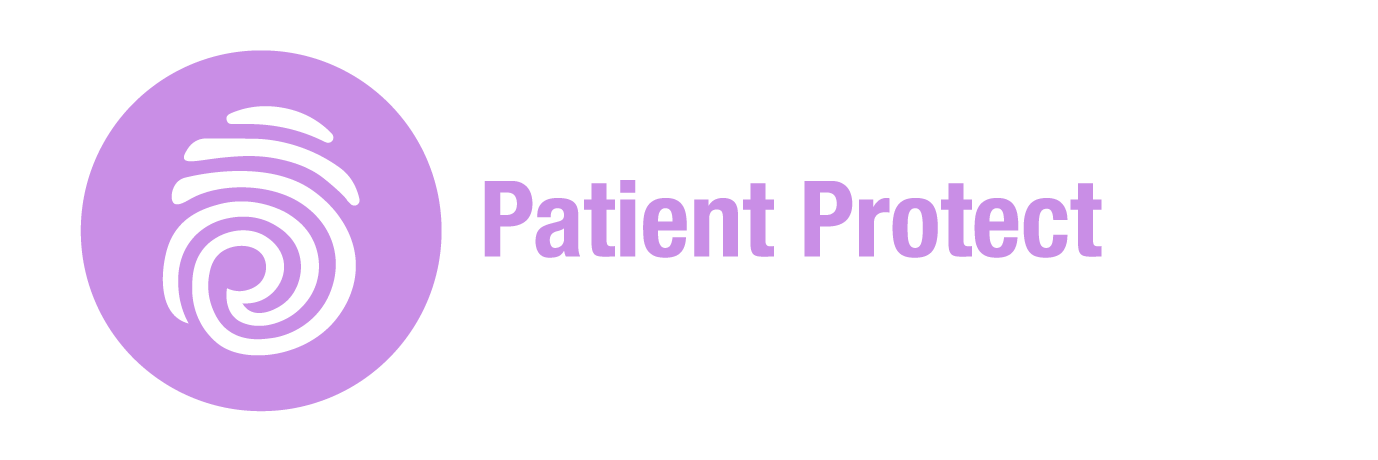HIPAA Compliance Email: Why Your Practice Needs More Than Just Encryption
- Angie Perrin

- Apr 15
- 4 min read
Updated: Apr 26
The Myth of HIPAA Compliance and Email
If you’re searching for HIPAA compliance and email solutions (or compliant e-mail solutions), you’re already ahead of many practices. But here’s the harsh truth: most email tools marketed as “HIPAA-compliant” barely meet the minimum standard—and that’s not enough in today’s high-risk environment.
HIPAA doesn’t ban email communication, but it does require that protected health information (PHI) is secured in transit and at rest, with proper access controls, audit trails, and more. Gmail with encryption add-ons? Not enough. Outlook with TLS enabled? Still risky. The penalties for email-related HIPAA violations can reach hundreds of thousands of dollars—and they happen more often than you'd think.
What Is HIPAA Compliant Email?
HIPAA compliant email refers to any email system that meets the privacy and security requirements set by the Health Insurance Portability and Accountability Act (HIPAA). To be truly compliant, email must do more than encrypt—it must:
Encrypt in transit and at rest
Include access controls and unique user IDs
Maintain audit trails
Allow for message recall or expiration
Require a Business Associate Agreement (BAA) with your email service provider
If your email doesn’t meet all of these standards, you could be putting patient data—and your practice—at risk. The issue? Most email platforms weren’t designed with HIPAA in mind—they were patched up after the fact. That’s why so many providers still use insecure methods, exposing their practice to breach risk.

Why Encryption Alone Isn’t Enough
Many email platforms claim “HIPAA compliance” because they use basic TLS encryption. But that’s only one piece of the puzzle.
Standard Email | HIPAA Compliant Email |
TLS encryption only (not guaranteed) | End-to-end encryption + access controls |
No message logging | Full audit trails |
No BAA with provider | Required BAA in place |
No message expiration or recall | Secure message lifecycles |
Easy to send PHI to wrong recipient | Optional email confirmation + logging |
Encryption without access control is like locking a safe and leaving the key in the door.
5 Critical Components of a HIPAA Compliant Email System
1. End-to-End Encryption
Ensure that email contents are unreadable both during transmission and while stored.
2. Access Control
Only authorized users should be able to send or view PHI. Use role-based access, secure logins, and automatic timeouts.
3. Audit Logs
Track every sent, received, and opened message. If a breach occurs, you’ll need proof of what was accessed and when.
4. Message Lifespan Management
Messages should auto-expire after a set time. Bonus points for the ability to revoke access manually.
5. BAA with Your Email Provider
If your provider won’t sign a BAA (e.g., standard Gmail), you’re not compliant—no matter how secure the platform claims to be.
Real-World Example: A $300,000 Email Mistake
In 2021, a specialty clinic accidentally emailed test results to the wrong patient. Despite encryption, the lack of access control and audit logs triggered a HIPAA investigation—and resulted in a $300,000 fine. Moral of the story? HIPAA compliance is about process, not just tools.
Why Patient Protect's Secure Messaging Is the Smarter Alternative
Patient Protect isn’t just HIPAA compliant—it’s HIPAA intelligent. Our built-in secure messaging platform eliminates the vulnerabilities of traditional email, offering a communication layer purpose-built for healthcare practices.
End-to-End Encrypted Communication
Messages are encrypted in transit and at rest using modern cryptographic standards. No third-party add-ons, no loopholes.
No PHI in Your Inbox
Unlike email, PHI never touches your practice’s inbox. Messages live inside a secure, monitored dashboard accessible only by verified users.
Instant Internal and Patient Messaging
Communicate seamlessly with both patients and team members—schedule follow-ups, share updates, and exchange information in real time.
BAA Backed. Always.
Unlike freemium tools, Patient Protect includes a full Business Associate Agreement for all users, with detailed logging and audit controls built in.
Integrated Into Your HIPAA Dashboard
Every secure message is automatically tied into your compliance ecosystem—no toggling between tools, no gaps in oversight.
How It Stacks Up: Email vs. Patient Protect Secure Messaging
Feature | Traditional Email | Encrypted Email Add-On | Patient Protect Secure Messaging |
End-to-End Encryption | ❌ Sometimes | ✅ Often | ✅ Always |
BAA Included | ❌ Rarely | ✅ With upgrade | ✅ Always |
Internal Team Messaging | ❌ No | ❌ No | ✅ Yes |
Secure Patient Communication | ❌ No | ❌ Often Limited | ✅ Yes |
Real-Time Alerts | ❌ No | ❌ No | ✅ Yes |
Full Audit Logging | ❌ No | ❌ Sometimes | ✅ Always |
The Bottom Line: Encrypted Email Alone Won’t Protect You
Every year, hundreds of providers report HIPAA violations due to unsecured emails, accidental disclosures, or phishing-based breaches. Don’t be the next one.
Secure messaging is no longer a nice-to-have—it’s essential. With Patient Protect, you're not just checking boxes. You're building trust, reducing liability, and operating with security-first communication that patients actually appreciate.
Get Started with Secure Messaging Today
Join thousands of HIPAA-conscious providers using Patient Protect to manage secure communication, compliance, and patient safety—all in one place.
Frequently Asked Questions: HIPAA Compliant Email
Is Gmail HIPAA compliant?
Only if configured correctly and used with a signed BAA—plus additional security layers. Even then, it's risky.
Can I email patients about appointments or test results?
Yes, with patient consent and proper safeguards. A secure messaging platform eliminates the consent guesswork.
What’s the safest way to send PHI electronically? Through a secure, encrypted messaging system designed specifically for HIPAA—like Patient Protect.



